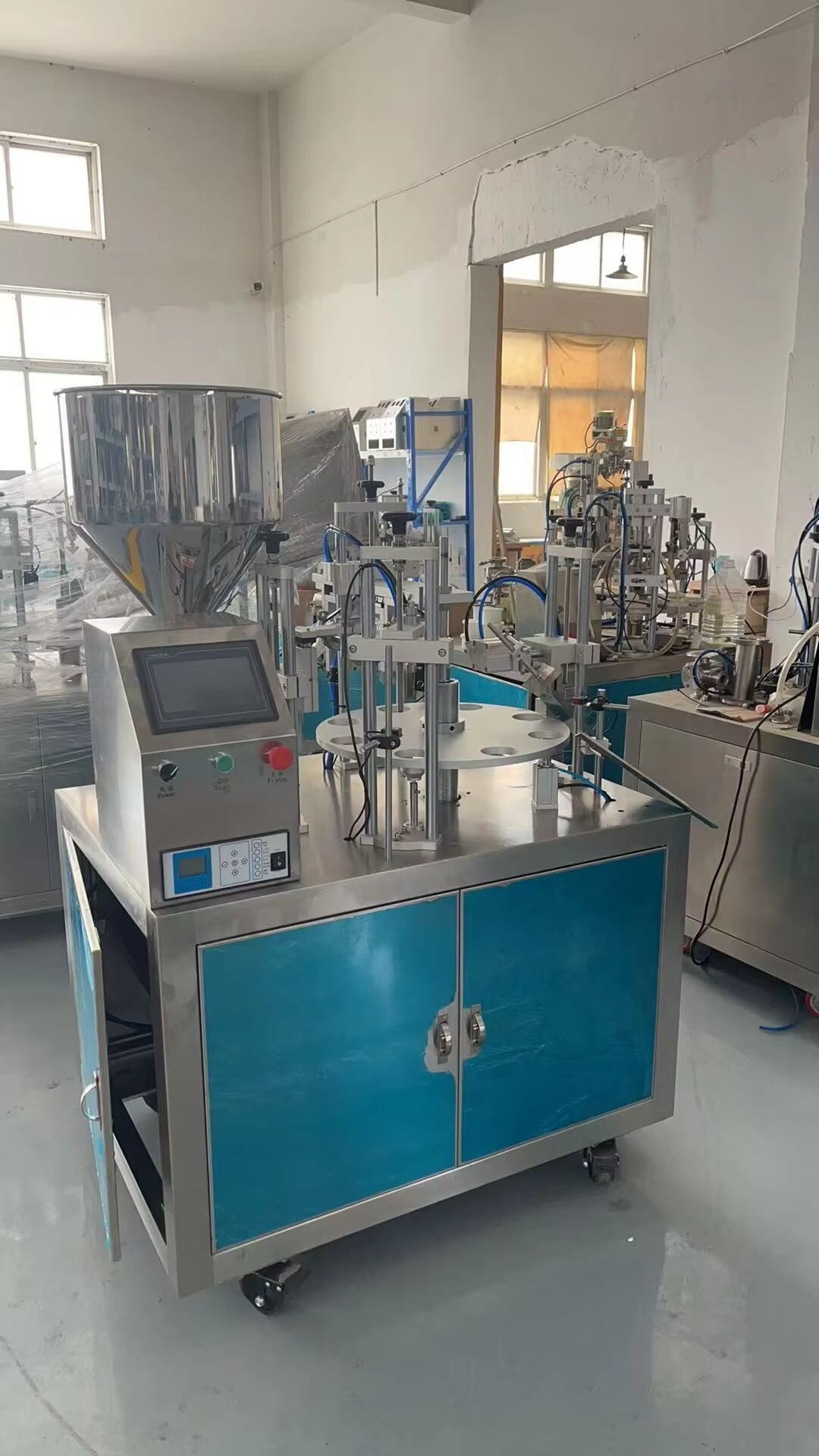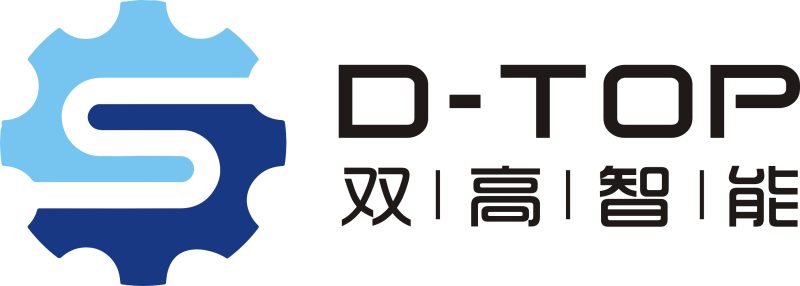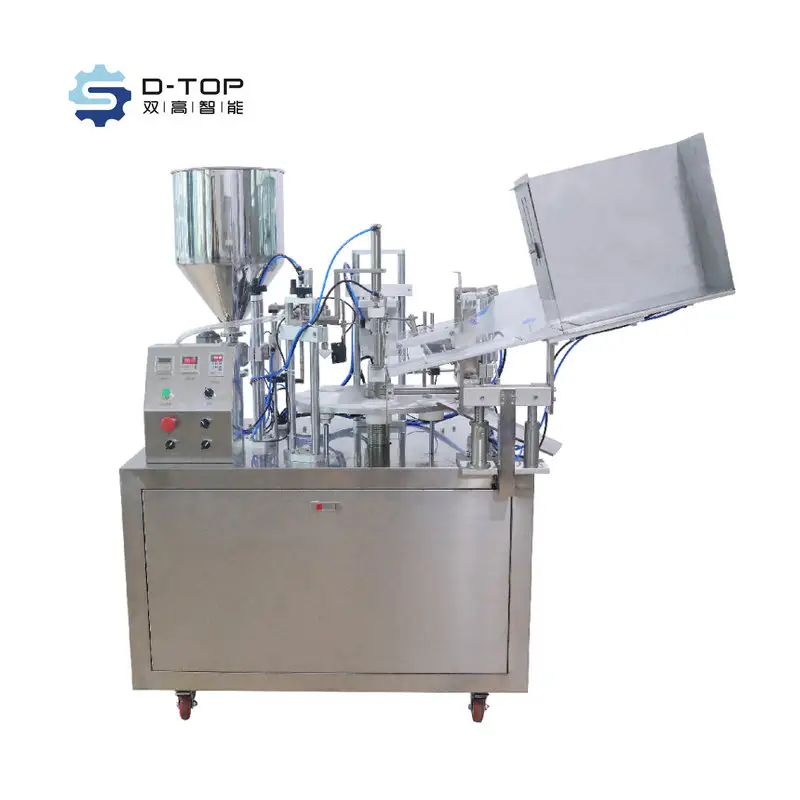The Role of Bottle Filling Equipment in Modern Production
In today’s manufacturing world, efficiency, precision, and hygiene are more critical than ever. Bottle filling equipment has become a cornerstone for industries ranging from food and beverage to pharmaceuticals and cosmetics. The right machine not only increases production speed but also ensures that every container meets strict quality standards. Whether a business needs high-speed automation or flexible small-batch solutions, choosing the right bottle filling equipment is essential for profitability and product consistency. By carefully evaluating industry requirements, businesses can maximize performance and minimize waste.
Categories of Bottle Filling Equipment
Gravity Filling Systems
Gravity filling systems are among the simplest forms of bottle filling equipment, relying on gravity to allow liquid to flow into containers. They are especially suitable for thin, free-flowing liquids such as water, juice, or wine. Because of their straightforward design, these machines are easy to maintain and operate. Businesses that focus on consistency without complex features often find gravity filling equipment to be a cost-effective choice. Despite their simplicity, these systems provide accurate fill levels, making them ideal for industries that value reliability and efficiency.
Pressure Filling Systems
Pressure filling systems provide a more advanced method for handling thicker or more viscous liquids. This type of bottle filling equipment uses pressure to push liquids into containers, making it suitable for products like sauces, oils, or dairy-based beverages. The added pressure ensures a steady flow and consistent volume in every bottle. This system is widely used in sectors where product texture and viscosity vary. By controlling flow dynamics, pressure filling machines reduce spillage and guarantee a smooth, professional finish for every unit filled.
Vacuum Filling Systems
Vacuum filling systems are designed for industries requiring precise fill levels with minimal waste. This type of bottle filling equipment removes air from containers during the filling process, which prevents oxidation and enhances product preservation. It is especially valuable in cosmetics, pharmaceuticals, and premium beverages where product quality must remain uncompromised. Vacuum systems also minimize foam formation, which is crucial for liquids that naturally create bubbles. Their accuracy makes them a trusted choice for companies demanding premium presentation and protection of their goods.

Key Features to Consider in Bottle Filling Equipment
Automation and Control Capabilities
Modern bottle filling equipment is no longer just about filling bottles; it is about integrating smart controls and automation. Systems with programmable logic controllers allow operators to set precise fill volumes, adjust speeds, and monitor performance in real-time. For industries producing on a large scale, automation reduces human error and boosts output. With features such as touchscreen panels and data tracking, businesses gain valuable insights into production metrics, helping them refine processes and achieve higher efficiency.
Hygiene and Cleaning Systems
For industries such as food and beverage or pharmaceuticals, cleanliness is non-negotiable. Bottle filling equipment must include designs that allow easy cleaning, sterilization, and minimal contamination risks. Systems with clean-in-place technology provide automated sanitation without requiring complete disassembly. Smooth surfaces, stainless steel components, and sanitary connections are standard features that uphold product safety. Choosing equipment with superior hygiene standards ensures compliance with regulations and reassures consumers about product quality.
Flexibility and Adaptability
Every industry has unique requirements, and bottle filling equipment must adapt accordingly. Machines that can handle multiple container sizes and shapes provide a competitive advantage. Flexibility also extends to the ability to switch between different liquid types without extensive downtime. Modular designs and adjustable settings allow businesses to expand their product lines without investing in entirely new systems. This adaptability makes bottle filling equipment a long-term investment that supports growth and diversification.
Applications of Bottle Filling Equipment in Different Industries
Food and Beverage Industry
The food and beverage industry represents one of the largest markets for bottle filling equipment. From bottled water to carbonated drinks and sauces, precision and hygiene are essential. Equipment designed for this sector must handle both high-speed mass production and small specialty batches. The ability to maintain carbonation levels, prevent contamination, and ensure consistent volumes directly impacts consumer satisfaction. As demand for packaged products grows, reliable filling systems become indispensable.
Pharmaceutical Industry
The pharmaceutical sector requires bottle filling equipment that goes beyond efficiency and focuses heavily on accuracy and sterility. Even the smallest deviation in dosage can compromise safety, making precision a top priority. Machines designed for pharmaceuticals incorporate features such as laminar airflow, advanced sensors, and high-grade materials to prevent contamination. The ability to maintain cleanroom standards while ensuring consistent fills is what makes specialized equipment a necessity in this highly regulated industry.
Cosmetics and Personal Care
In cosmetics and personal care manufacturing, presentation plays a vital role. Bottle filling equipment used in this industry must be versatile enough to handle a variety of product consistencies, from liquid perfumes to thicker creams and lotions. Accuracy is key to maintaining a consistent customer experience, while gentle handling ensures product integrity. Many cosmetic brands also prioritize attractive packaging, requiring equipment that adapts to unique container designs and delicate finishes.
Advantages of Investing in Advanced Bottle Filling Equipment
Enhanced Production Efficiency
Advanced bottle filling equipment significantly reduces production time by automating repetitive tasks and minimizing downtime. The consistent operation ensures every bottle is filled to exact specifications, eliminating the need for manual corrections. Higher efficiency translates to greater production capacity, allowing businesses to meet growing demand without compromising quality. By streamlining operations, companies gain both financial and logistical advantages.
Cost Savings and Waste Reduction
Investing in high-quality bottle filling equipment leads to substantial cost savings over time. Reduced product waste, lower labor costs, and minimized downtime all contribute to profitability. Accurate filling prevents overfills and spillage, saving both raw materials and packaging resources. With consistent results and fewer errors, companies can optimize production costs while delivering high-value products to the market. The long-term benefits far outweigh the initial investment.
Scalability and Long-Term Growth
For businesses planning to expand, bottle filling equipment provides the scalability required to support growth. Modular systems can be upgraded to accommodate larger volumes or additional features as production needs evolve. This flexibility ensures that companies remain competitive and agile in dynamic markets. Instead of facing costly replacements, businesses can build upon existing infrastructure, turning bottle filling equipment into a foundation for long-term success.
Nanjing D-Top Pharmatech Company Limited, with over 12 years of experience, specializes in providing high-quality packaging machinery and comprehensive services including pre-sale consulting and customized solutions. Our products meet international standards such as CE and GMP, ensuring reliable performance and customer satisfaction. Contact us today to discuss your needs and start a successful partnership!

